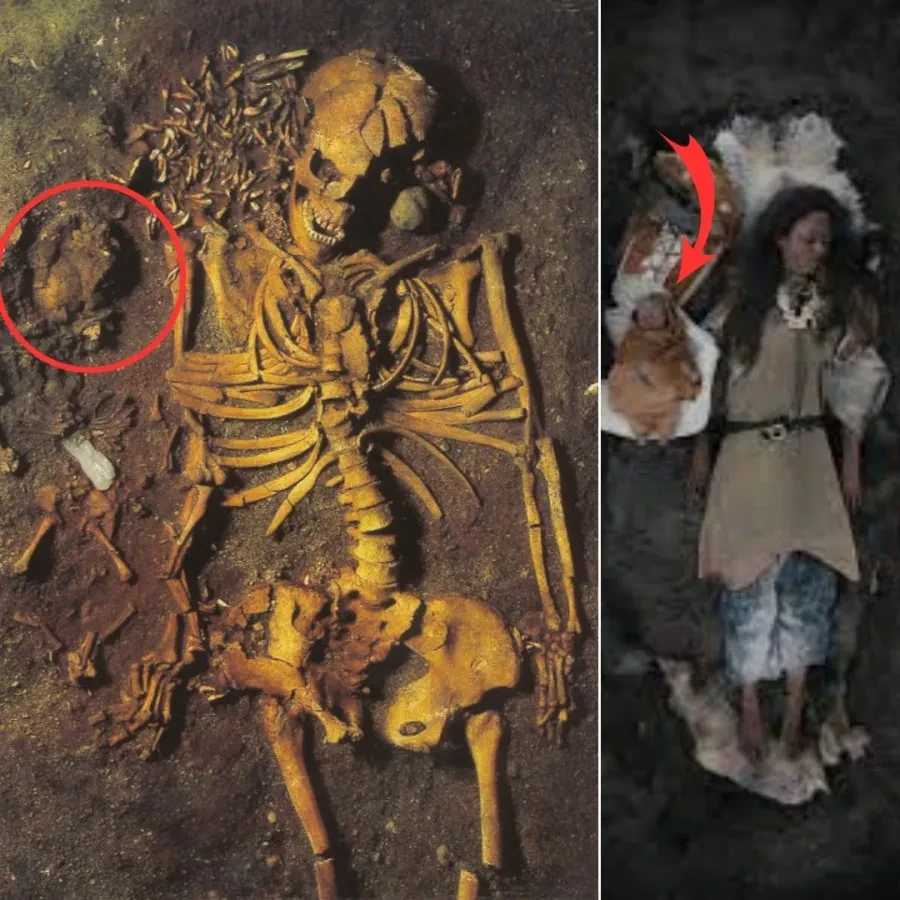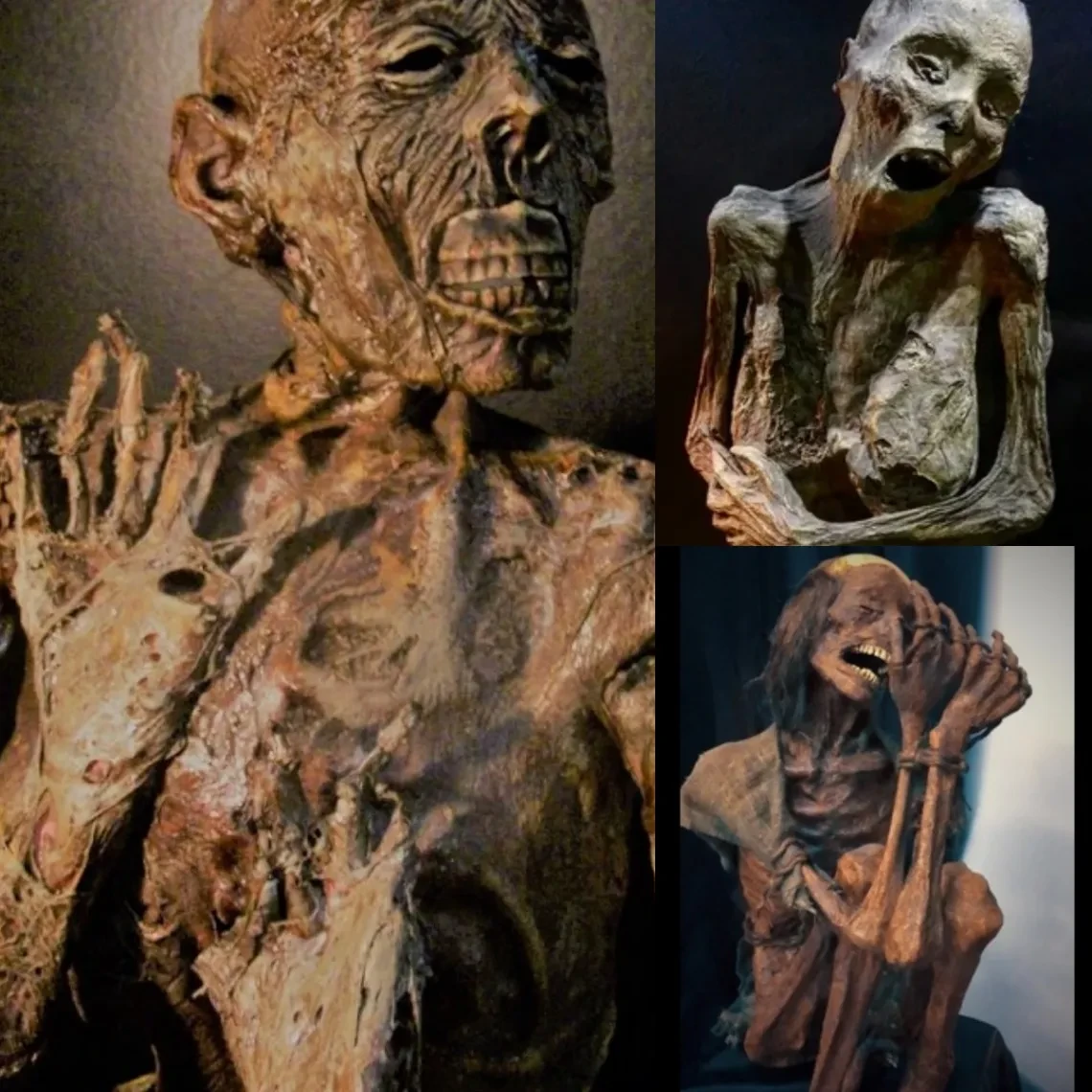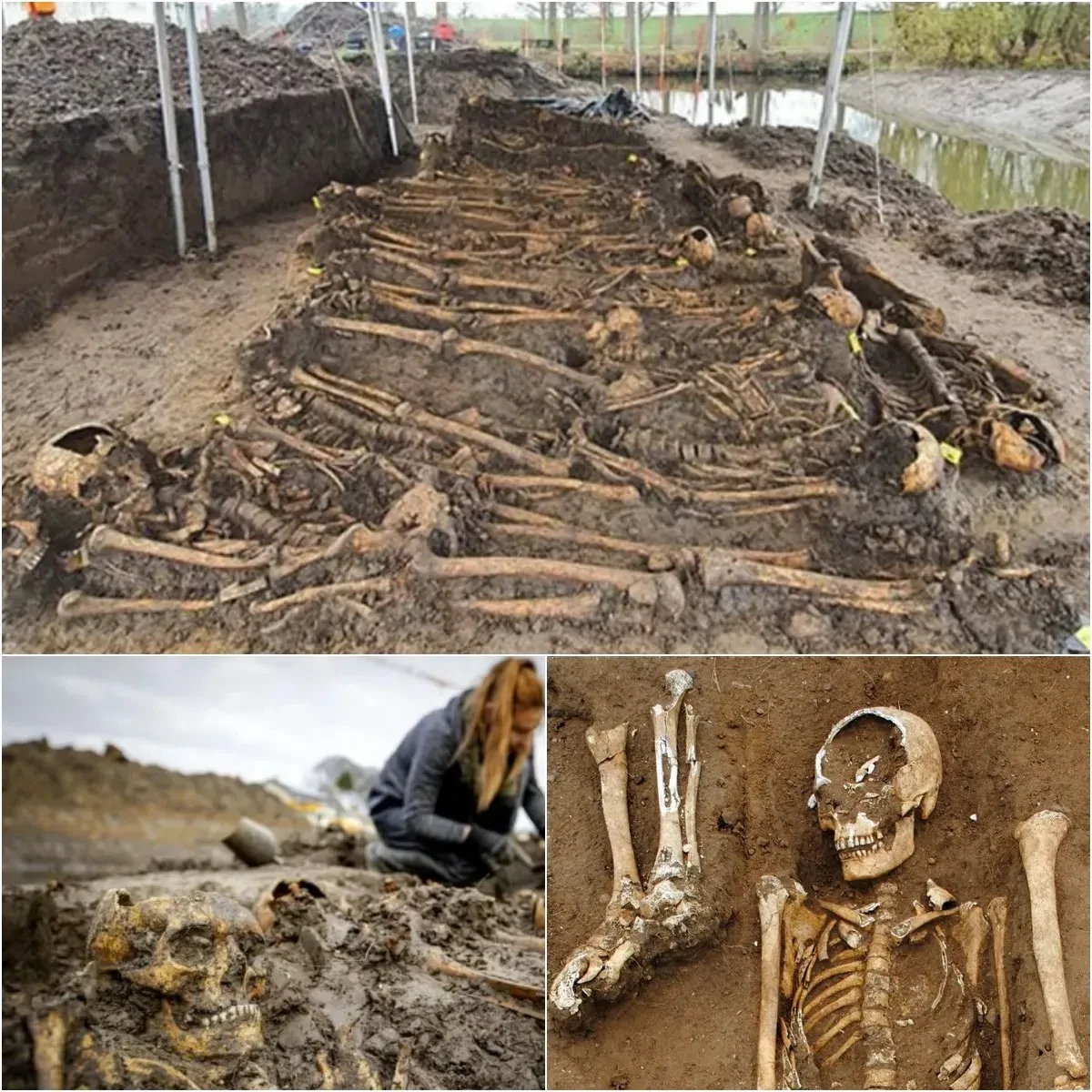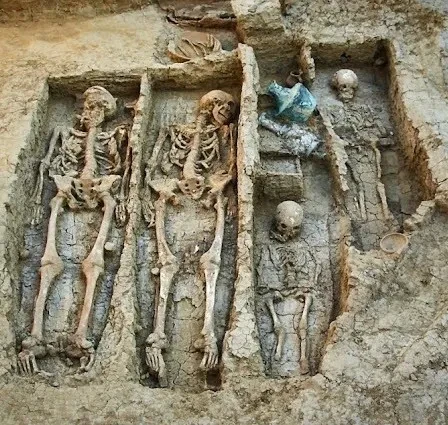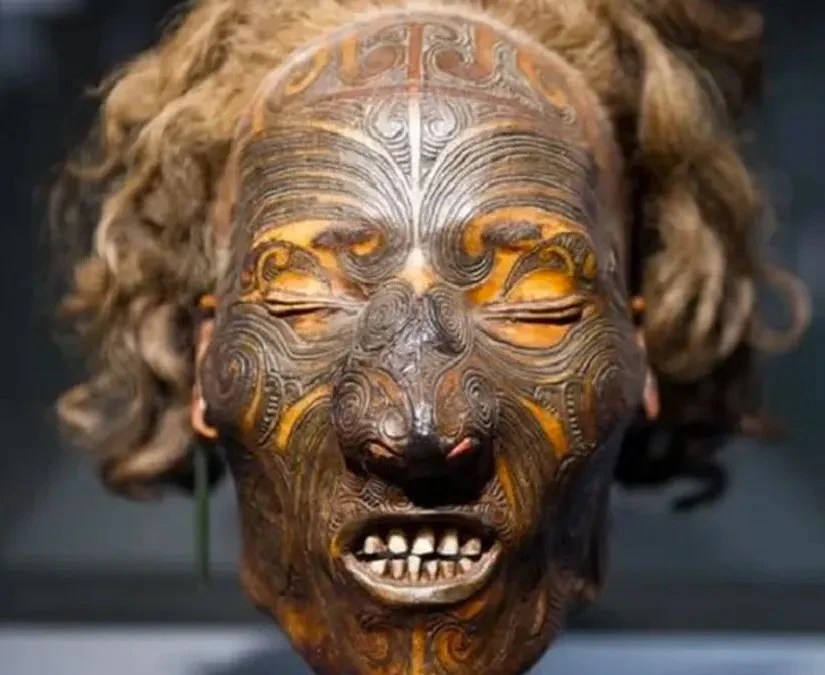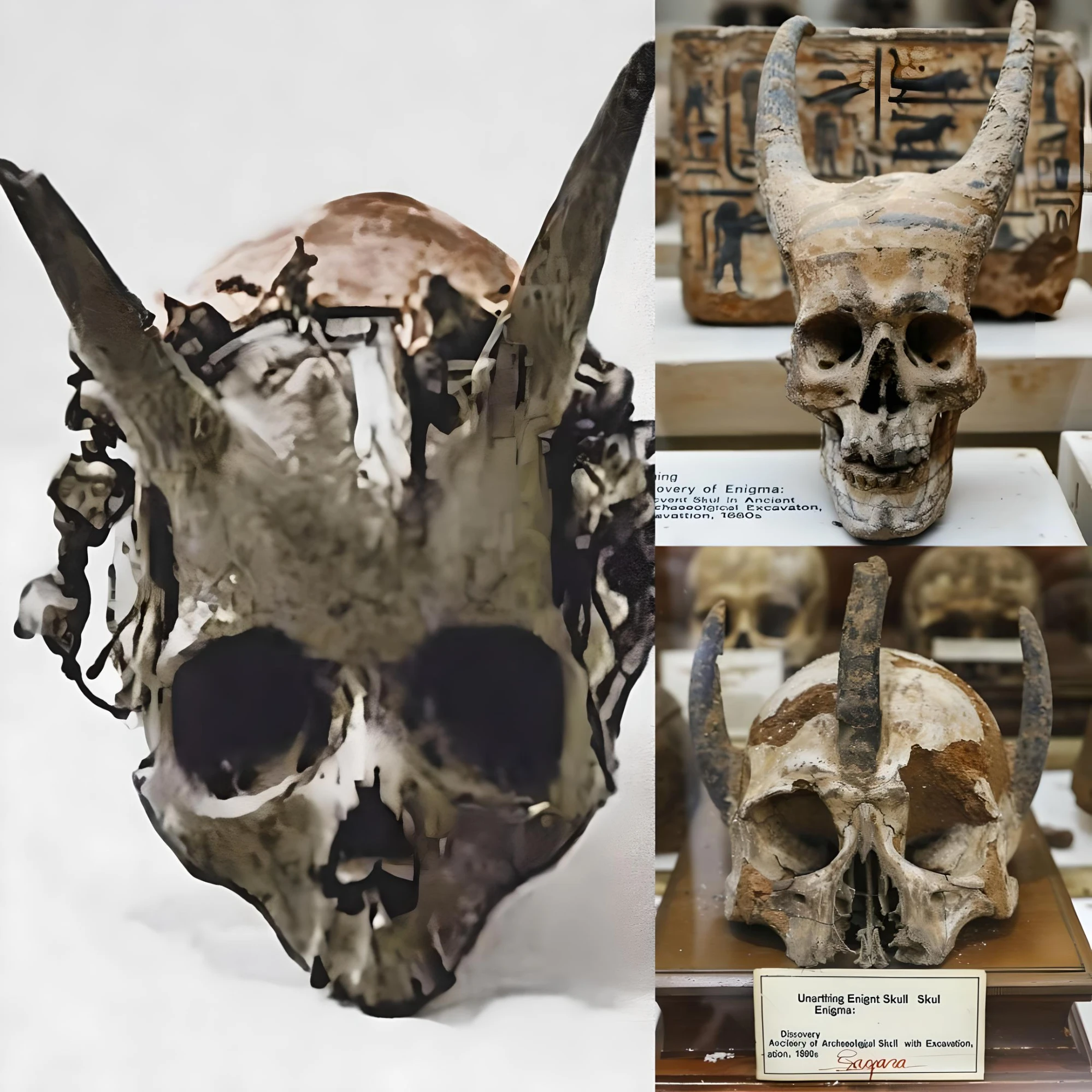Mammoths and Mastery: Giant Pits Unearth Prehistoric Human Effort to Domesticate Woolly Giants More Than 15,000 Years Ago in Mexico
Mexican anthropologists say they have found two pits built by humans and dug 15,000 years ago to trap mammoths. Researchers at Mexico’s National Institute of Anthropology and History said Wednesday that the pits were discovered during excavations on land that was to be used as a garbage dump. The pits, filled with the remains of at least 14 mammoths, were found in the Toltepec neighborhood just north of Mexico City. Some of the animals were apparently sacrificed. Mexican anthropologists say they have found two pits built by humans dug 15,000 years ago to trap mammoths Photograph from Mexico’s National Institute…
2 min read

